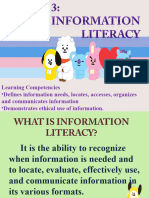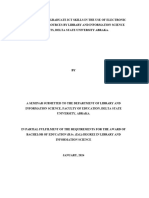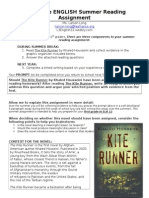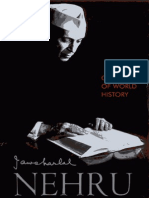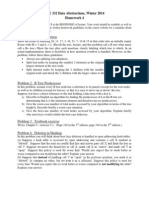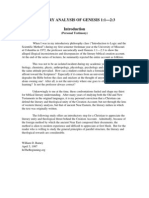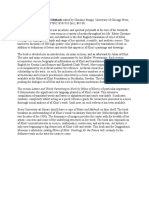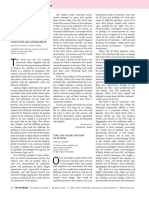0% found this document useful (0 votes)
25 views9 pagesGST105 Study Session 12
This study session focuses on understanding libraries, information resources, and information literacy, particularly in the context of the University of Lagos Library. It covers the concept of libraries, their functions, types of information, sources of information, and the organization of library resources. By the end of the session, learners should be able to identify various library resources and their characteristics, as well as effectively access and utilize these resources for academic purposes.
Uploaded by
Bright EnyiaCopyright
© © All Rights Reserved
We take content rights seriously. If you suspect this is your content, claim it here.
Available Formats
Download as PDF, TXT or read online on Scribd
0% found this document useful (0 votes)
25 views9 pagesGST105 Study Session 12
This study session focuses on understanding libraries, information resources, and information literacy, particularly in the context of the University of Lagos Library. It covers the concept of libraries, their functions, types of information, sources of information, and the organization of library resources. By the end of the session, learners should be able to identify various library resources and their characteristics, as well as effectively access and utilize these resources for academic purposes.
Uploaded by
Bright EnyiaCopyright
© © All Rights Reserved
We take content rights seriously. If you suspect this is your content, claim it here.
Available Formats
Download as PDF, TXT or read online on Scribd
/ 9













































